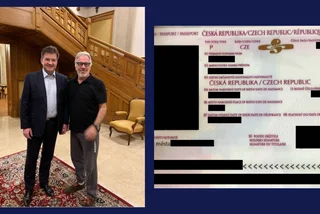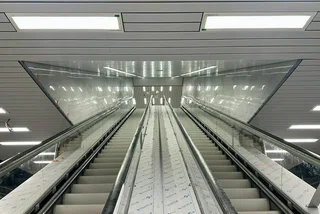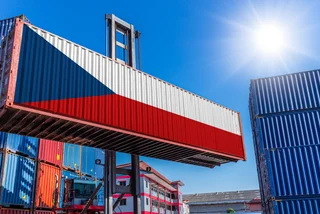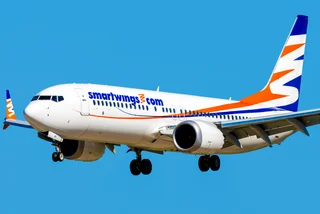Travelers coming from outside the European Union Schengen Zone will face some new hurdles when entering Europe starting in 2022, according to the European Travel Information and Authorisation System (ETIAS).
The new travel authorization system will require travelers from 60 different countries to register online before entering Europe's Schengen Zone.
The Schengen Zone is comprised of 22 EU countries (plus 4 non-EU countries and 3 microstates).
Non-EU travelers from countries like the United States, Brazil, Canada and the United Kingdom will face one additional step before coming to Europe, though. Visitors will need to fill out a form on the European Travel Information and Authorisation System (ETIAS). The system is similar to the one used by the U.S.
When filling out the form, the system will conduct a quick security check on visitors before approving them for entry. The application will cost 7 Euros, or 8.22 USD.
Officials estimate that 95 percent of people will be accepted within minutes, and about three to four percent will need longer to process. One to two percent will need a longer manual review and may be refused entry, according to Lonely Planet.
Once you are accepted, the acceptance will be valid for three years.
When the travel authorization system was first announced in 2019, many publications billed it as a type of visa. However, this is not true.
According to the European Commission, more than 60 countries have visa-free access to the EU.
Easy manual work with electronics - start 8th Jan

Approval through the ETIAS system will only be required for EU countries in the Schengen Area who have abolished all controls at their mutual borders.
Multiple countries will require you to receive approval prior to entering. Those countries include: Austria, Belgium, Czech Republic, Denmark, Estonia, Finland, France, Germany, Greece, Hungary, Iceland, Italy, Latvia, Liechtenstein, Lithuania, Luxembourg, Malta, Netherlands, Norway, Poland, Portugal, Slovakia, Slovenia, Spain, Sweden, and Switzerland.
In addition, three micro-states, San Marino, Vatican City and Monaco, will also need approval.
Four countries in the process of joining the Schengen Zone -- Romania, Bulgaria, Croatia and Cyprus -- will require prior authorization as well.
Visitors will not need advanced approval for countries outside the Schengen area, like Ireland.
Before boarding your flight, airline staff will check your passport and make sure you have been approved through the online system.
The system should be up and running by 2022, and not 2021 as previously announced, but it will not be mandatory for an additional six months after it is introduced.
A spokesperson for the European Commission confirmed to SchengenVisaInfo that the rollout has not been affected by the pandemic. The spokesperson said the new system should improve security while at the same time allowing visa-free travel.












 Reading time: 2 minutes
Reading time: 2 minutes 


 Swedish
Swedish
 Slovenian
Slovenian
 French
French
 Spanish
Spanish
 Italian
Italian























